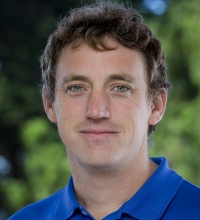Finfish aquaculture, which makes up the largest portion of the aquaculture industry, faces certain hurdles in maintaining sustainability as it continues to expand. Currently, farm-raised fish rely on a diet that is heavily dependent on the use of forage fish in fish meal and fish oil. These ingredients provide nutrients that cannot be easily obtained through many other protein and oil sources, but place a significant strain on forage fish stocks.
Alternative marine sources, such as microalgae, can provide a new source of nutrition for finfish aquaculture stocks. This project is examined the viability of the microalgae Schizochytrium sp. as a replacement for fish oil in the diet of farm-raised sablefish. While much is known about salmon species in aquaculture, other fish species such as sablefish have been little studied.
Researchers formulated a diet that incorporated the algae and met nutritional needs, while assessing the palatability and digestibility of it for sablefish. The project explored the effects of partially and fully substituting microalgae for fish oil, and measured the changes in growth, efficiency and nutrient uptake of the sablefish.
Incorporating fish oil substitutes into aquaculture feed offers an opportunity to reduce fishing pressure on forage fish stocks. As sablefish are native to California waters, an expansion of sablefish aquaculture could be an opportunity to develop a native species as a viable aquaculture industry.
 Luke Gardner
Luke Gardner